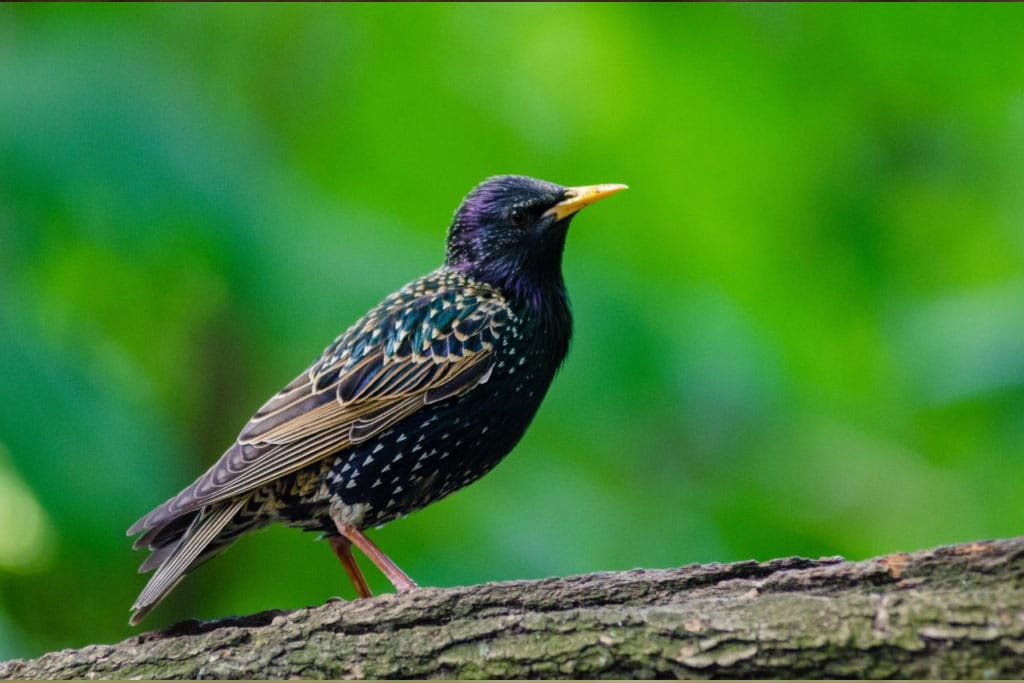European Starling Removal

European Starling Removal
One of the most numerous birds in North America, the starling is a fierce competitor for nesting sites. They are responsible for the decline in native cavity-nesting birds such as sapsuckers and they often compete for nesting sites with woodpeckers. Nests are filled with grass or pine needles and other things such as feathers, paper, plastic, string, and roots. They are formed 2-60 feet above the ground. Starlings commonly nest in manmade structures between rafters in barns and open warehouses as well as behind signs and in the attics of houses. Buildings that hold nests may contain tens of thousands of roosting birds. The nests of starlings are a source of household pests such as fleas, ticks, bed bugs, and carpet beetles, all of which have been known to invade buildings.
According to Medical News Today, the most common pathogens which can cause disease transmitted from starlings to humans are:
E. coli: This occurs when bird droppings land in water or food supply and are then consumed by humans. This can typically be avoided by washing food thoroughly before eating. Symptoms include nausea, fever, and cramps.
St. Louis encephalitis: This disease is spread by mosquitoes after they feed on a bird that carries the pathogen that spreads St. Louis encephalitis. This inflammation of the nervous system is dangerous to all age groups but can be particularly dangerous and even fatal in adults over 60 years old. Symptoms include drowsiness, headache, and fever.
Histoplasmosis: This respiratory disease occurs as a result of a fungus growing in pigeon droppings and can be fatal.
Candidiasis: This disease is also a respiratory condition caused by a fungus or yeast found in droppings. The areas affected include the skin, mouth, respiratory system, intestines, and the urogenital tract, particularly in women.
Salmonellosis: This disease is commonly called “food poisoning” and spreads via infected droppings turning into dust and contaminating food and food preparation surfaces prior to consumption.
Chlamydiosis: caused by a bacterial organism, Chlamydophila psittaci (formerly known as Chlamydiapsittaci), and is usually spread by inhaling the organism from dried feces. The bacteria are often transmitted from “carrier” birds. Carriers show no signs of illness, but actively excrete the chlamydia organism in their droppings.
Toxoplasmosis: considered to be a leading cause of death attributed to foodborne illness in the United States. More than 40 million men, women, and children in the U.S. carry the Toxoplasma parasite, but very few have symptoms because the immune system usually keeps the parasite from causing illness.
A European starling infestation can cause damage to your property and can be difficult to manage, with risks and legalities to consider before you begin. We recommend professional European starling removal to reduce the risk of harm to you or your home, keeping both your loved ones and your wildlife neighbors safe.
If you need professional eruopean starling removal, contact Wildlife Damage Solutions today.

